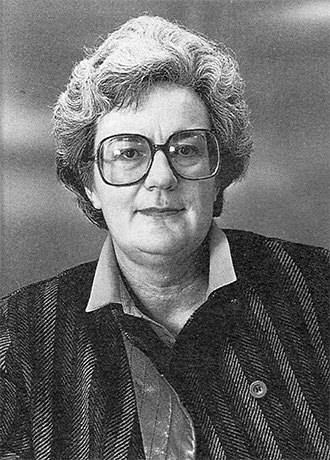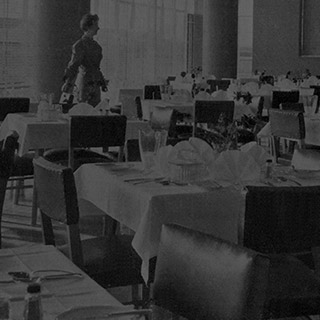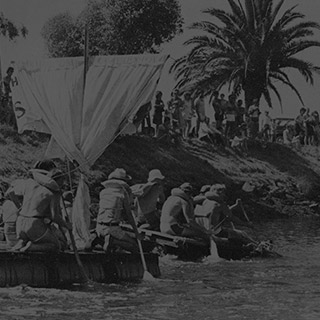Stephen McLaughlin
Colorectal and general surgeon at Footscray Hospital 1986–present
Associate Professor Stephen McLaughlin was born and raised in Brighton and studied medicine at Melbourne University. After spending three years overseas completing extra training in colorectal surgery, he began work at Footscray Hospital in 1986. Mr McLaughlin is a former head of the hospital’s colorectal unit.
A great journey
“Moving to the Western (Footscray Hospital) was a big deal; I hardly knew where it was. But over the years I’ve developed a love for the people and the area. It’s struggle city compared with the ritzy suburbs of Brighton and Camberwell.
Statistics show that the health of people in the western suburbs is worse than elsewhere. I’ve loved the work, and the community, the links with the Footscray Football Club, the Doggies and their struggle. It’s been a great journey.”
Old guard of general surgeons
“In 1986 there were a whole lot of powerful old general surgeons at Footscray who ruled the roost. They had a huge amount of experience, they’d done everything and they often had dual roles and links with other major city hospitals such as Prince Henry’s and the Royal Melbourne.
In the 80s the Western was a big trauma centre, dealing with car accident victims, shooting and stabbing victims. Fortunately most of those cases went elsewhere when the main trauma centres were established and that allowed us to specialise.
Smoky rooms
“A lot of surgeons smoked in the 80s and early 90s. We’d smoke in the surgeons’ tearoom. You’d have a break between operations and you’d go into the tearoom and smoke a few cigarettes. It was like a smoke-filled poolroom.
The nurses’ tearoom was even worse. Everyone seemed to smoke in those days.”
Sparring with surgeons
“Mary Stannard, the medical director, had to deal with some very strong personalities among the general surgeons and she held her own.
It was unusual to have a woman as a medical director in those days. She was the sole medical administrator then. Now they’re everywhere and there’s a gigantic medical workforce responsible for the things she once did.

Mary Stannard, the hospital’s medical director, in 1988.
Western Health archives
She was answerable to the Board and she had to deal with budgets, which meant that her agenda was often opposite to the agenda of the surgeons. She sparred with them. It was usually about money. Surgeons were paid sessional rates for a certain number of hours per week and if they exceeded that number they were entitled to extra claims – that threw the budget out a bit.
It was a very tough gig and I admired her enormously. Under that tough exterior she had a heart of gold.”

